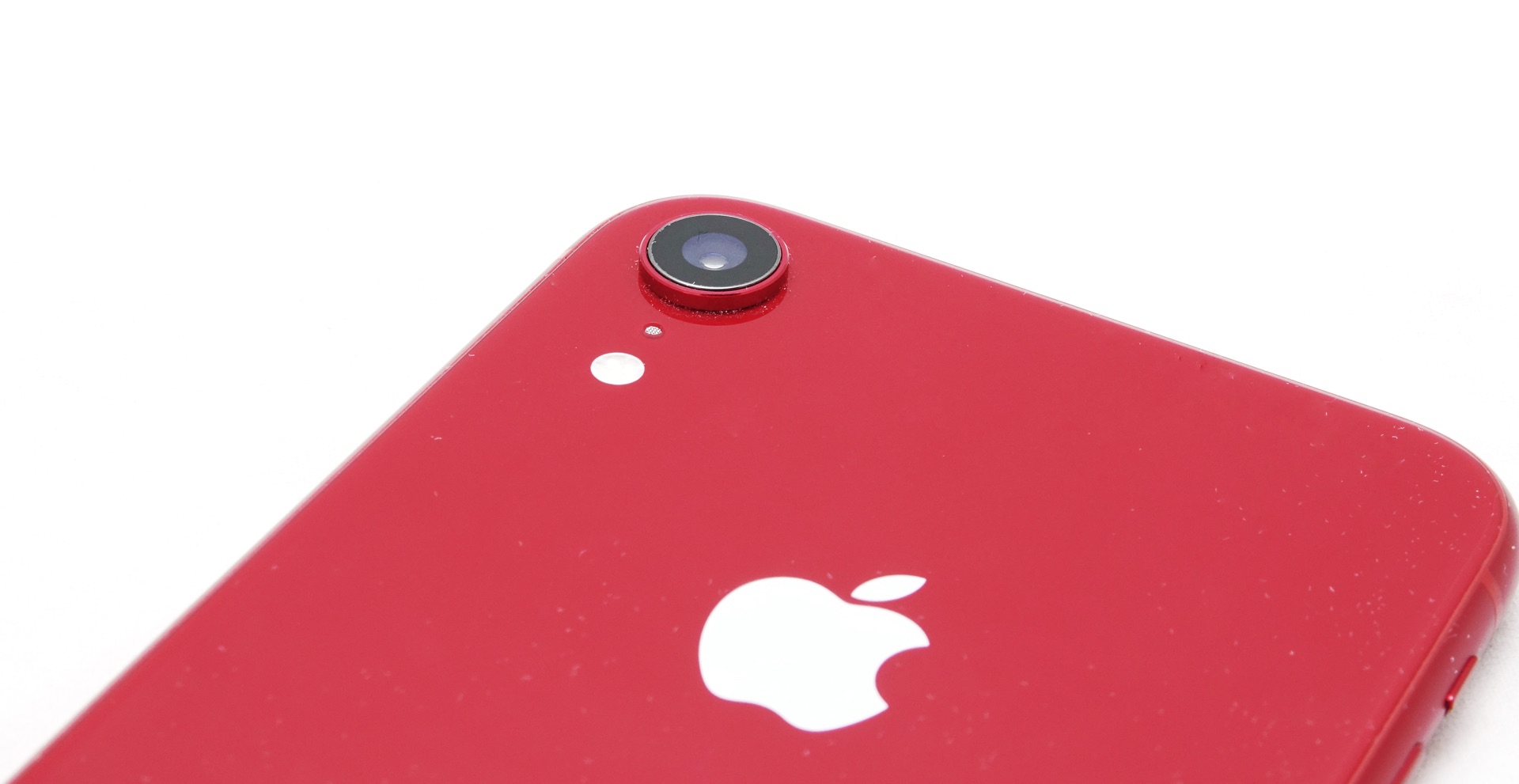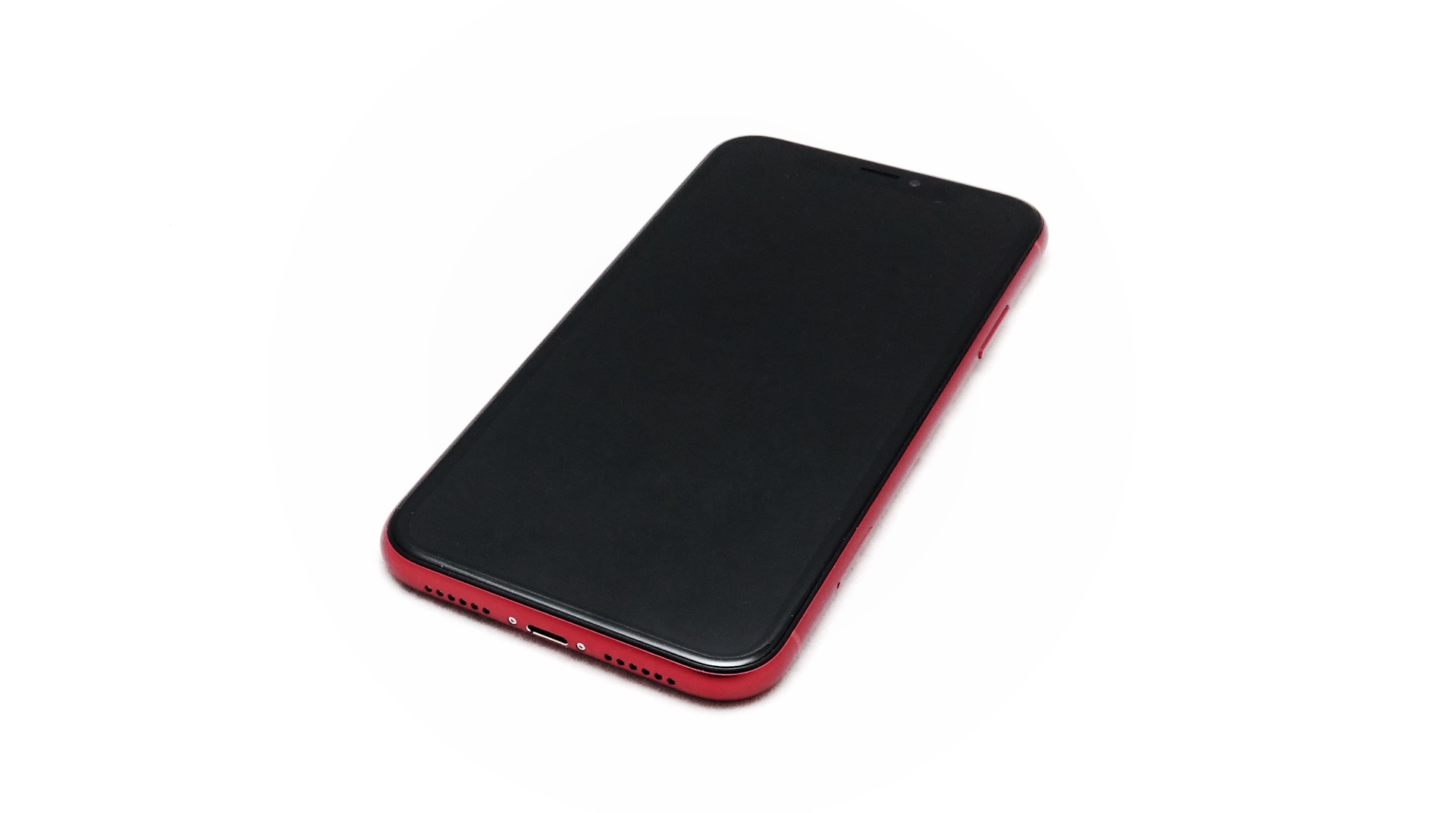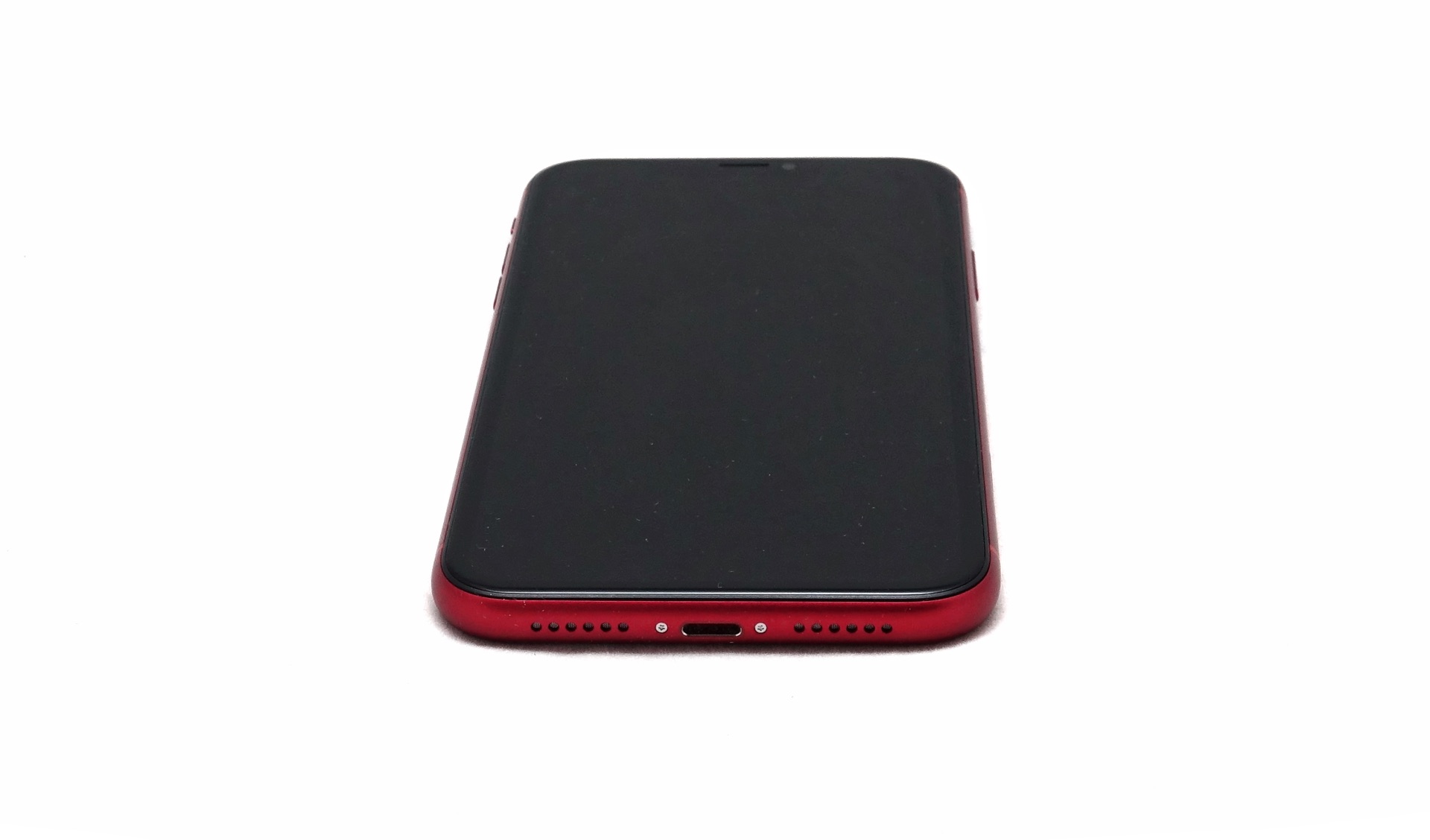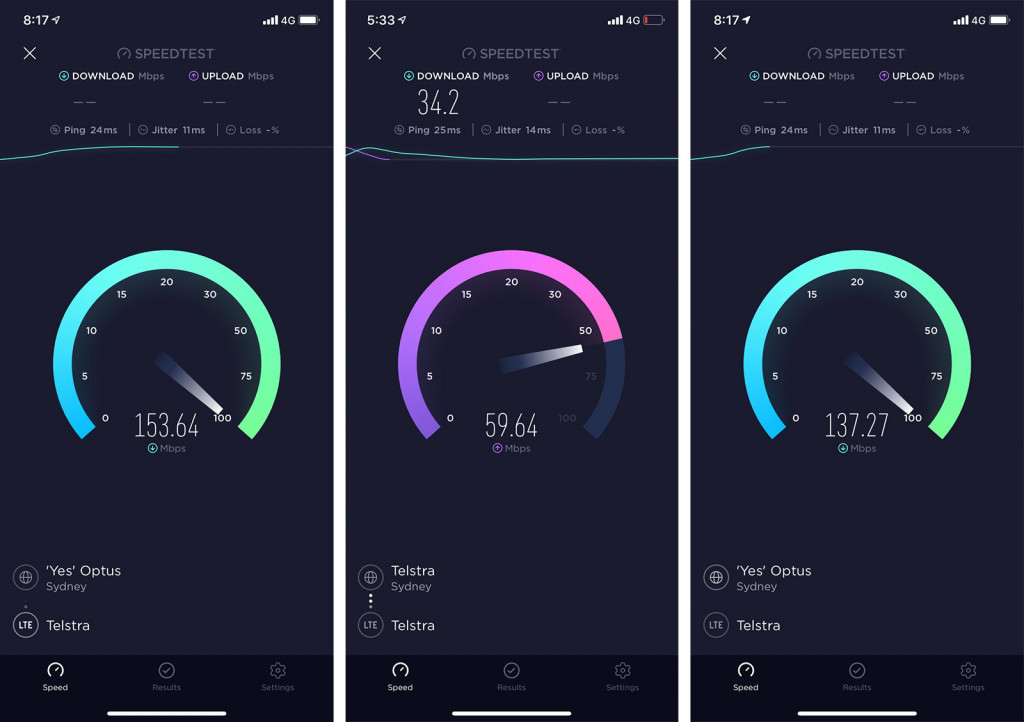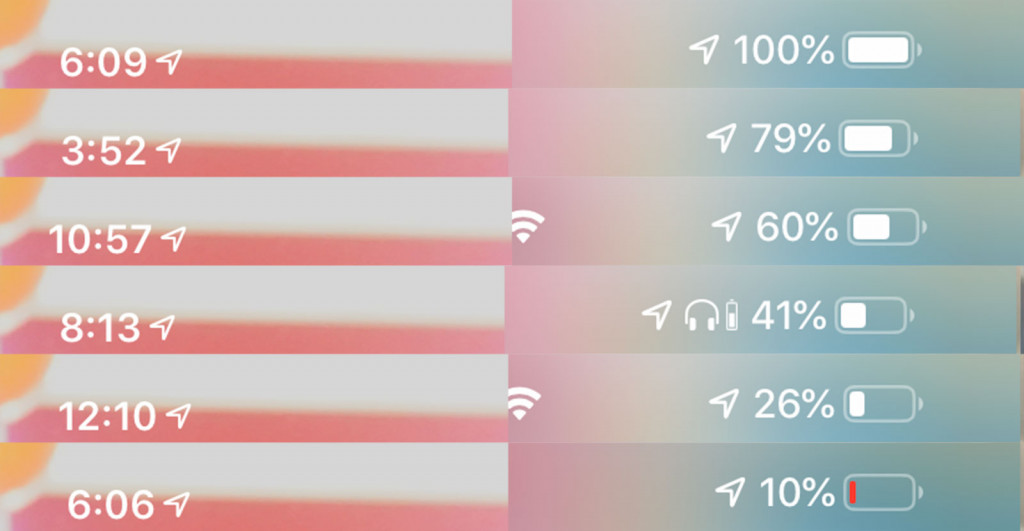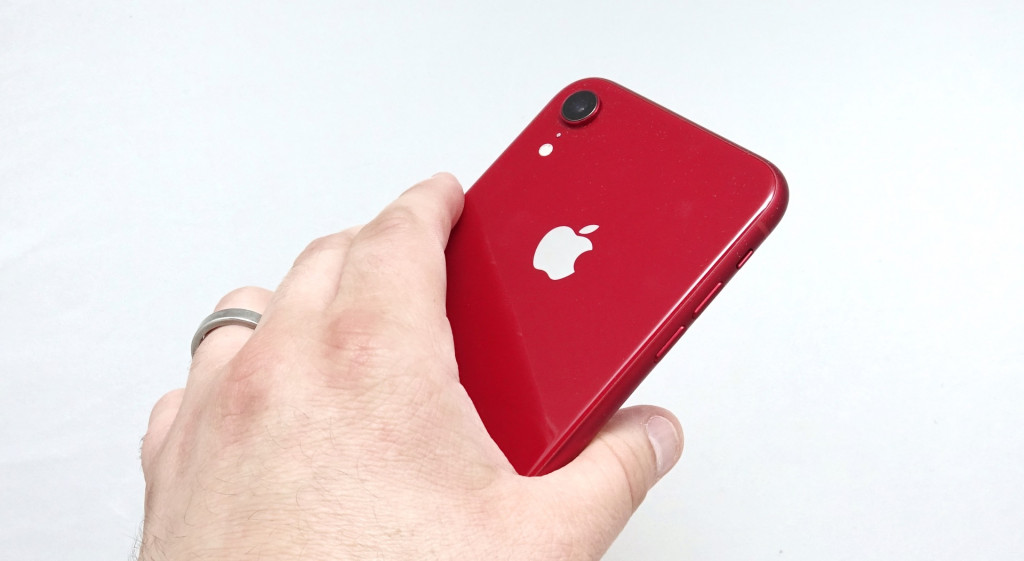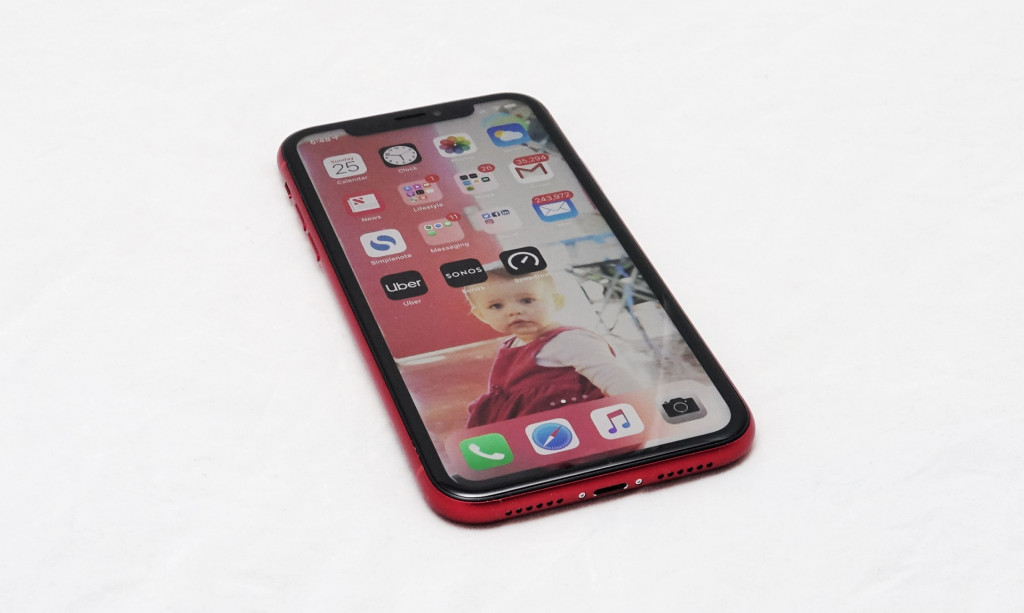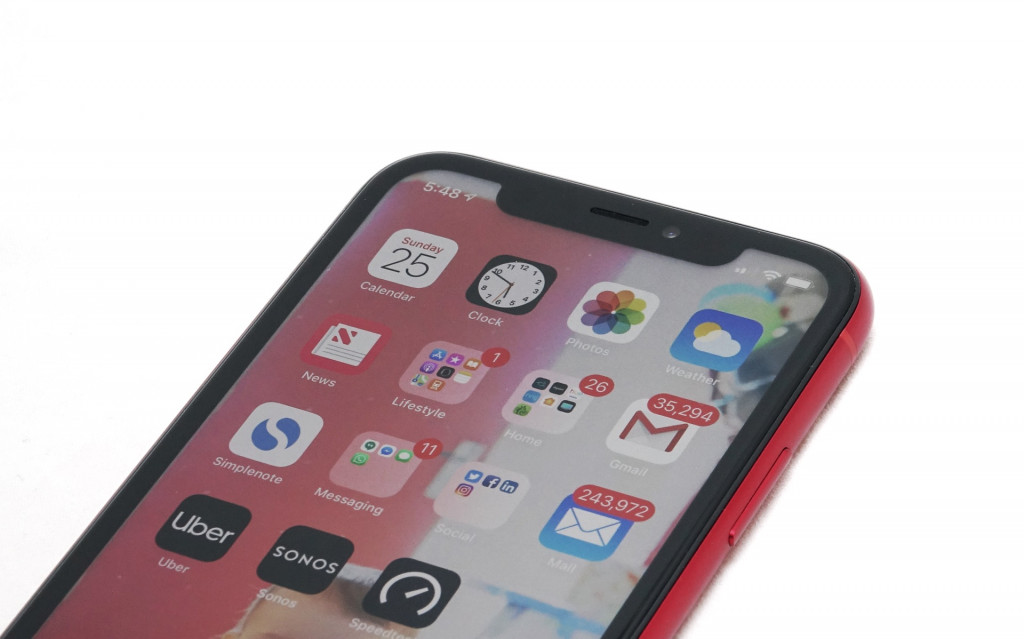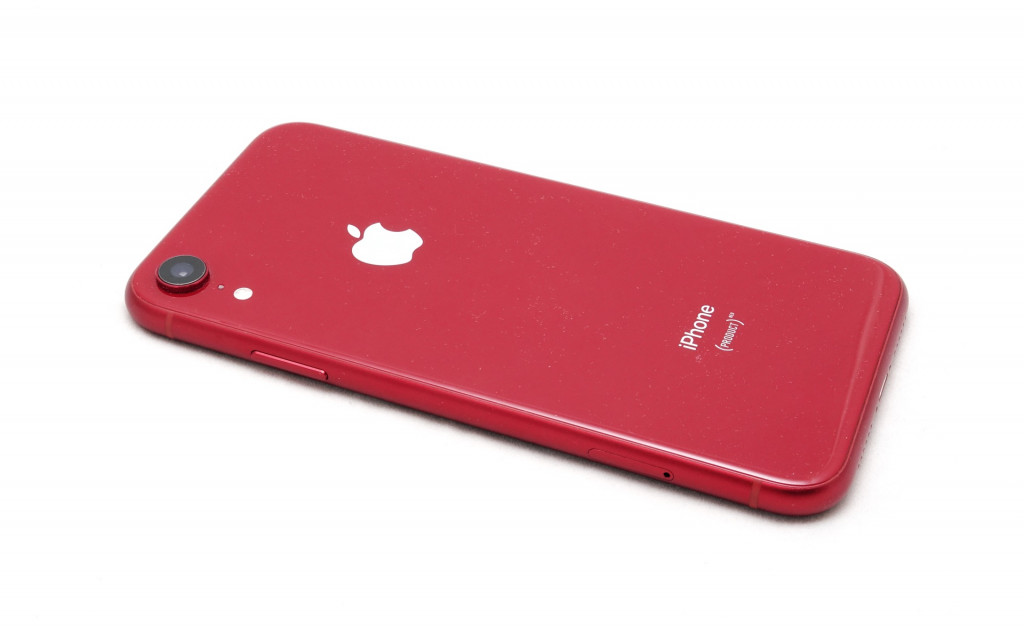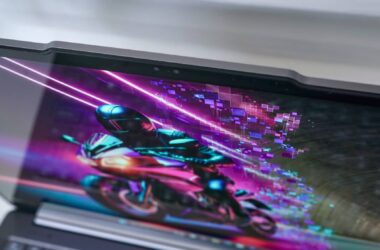Quick review
The good
The not-so-good
Three iPhone models were released this year, and while the iPhone XS models exemplified luxury in an iPhone world, it’s the Apple iPhone XR that feels like it’s an iPhone for everybody.
The year 2018 has been awkward for iPhones, as Apple shifted focus. It’s a year where Apple not only ditched the fingerprint-connected home button, but also upped the cost considerably.
This year, you’ll need to spend at least a thousand dollars to get yourself a new iPhone, a first for Apple, which has almost always had something under this mark. In the same year, Apple ditched the home button, something that had been a part of its core design since the iPhone launched back in 2007.
Eleven years on, it’s clear the iPhone has changed, and the marketing is clearly pushing people to the one that includes the biggest screen and costs the most. We’re seeing billboards for the iPhone XS Max everywhere, and after reviewing, we can tell you that it is a mighty lovely smartphone, even if it is one that costs a pretty penny, and one many will struggle to afford.
Yet of the three phones Apple released this year, the one that marketing isn’t going gangbusters on is the one that really is the iPhone for everybody else (who doesn’t want to fork out their life savings for a phone).
Design
First things first, there’s the look, and if you’ve seen an iPhone this year, you probably have a vague idea of what the Apple iPhone XR looks like: it’s a tall, glass iPhone with a metal frame and no home button, opting for a facial security system than one based on your fingerprint in the first place.
There are minor differences from its iPhone XS and iPhone XS Max siblings, such as the 6.1 inch size sitting in between the XS’ 5.8 and XS Max’s 6.5 inch screen, as well as a switch-out of stainless steel framing in the XS for the aluminium in the XR.
Plus there are colours, which is a fairly noticeable point of different that can’t be unseen.
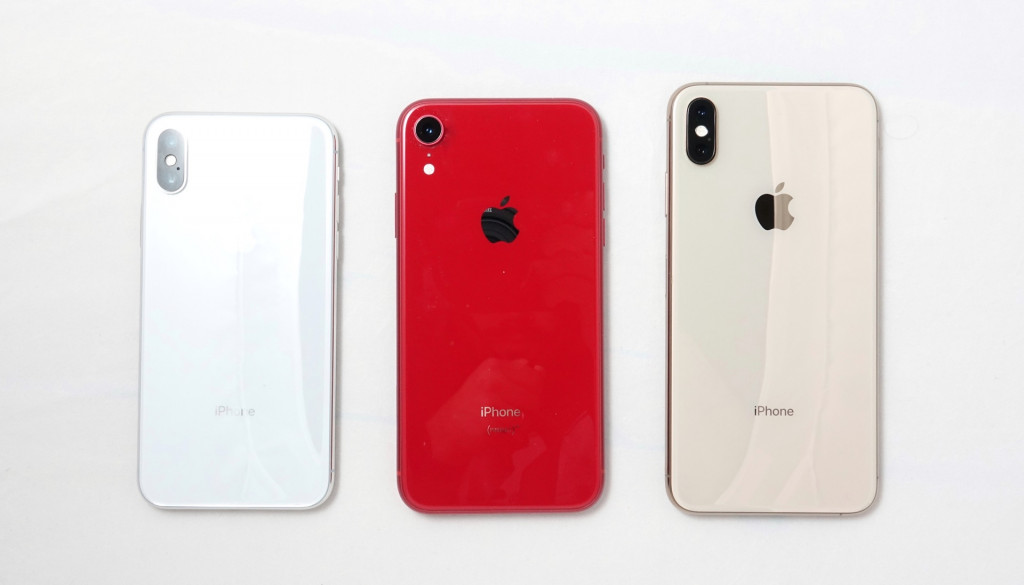
Simply put, if you tire of Apple’s white, charcoal-black, and rose-gold-that-Apple-just-calls-“gold”, you can now choose other colours, with the iPhone XR coming in coral (peach), blue, yellow, and a “(PRODUCT)RED” that you’ll just refer to as “red”.
You don’t necessarily to choose a colour, and black and white are still available, but if you do want a colour, the iPhone XR has your name, number, and colour.
Features
Underneath that colourful exterior, the phone is very familiar to the iPhone XS and XS Max, with practically identical specs.
It’s a little thicker at 8.3mm compared to 7.7mm, and there’s also an aluminium frame instead of the stainless steel of the XS models, but otherwise it’s pretty close, offering Apple’s six-core A12 processor, iOS 12, and a choice of storage, which in this phone jumps between 64, 128, and 256GB storage.
The camera is fairly close, outside of a missing 2X telephoto lens, and you’ll find a 12 megapixel F1.8 camera on the back with support for 4K Ultra HD video, while the front gets a 7 megapixel camera for selfies.
Connection options are almost identical, too, with Bluetooth 5.0, GPS, Apple Pay’s use of Near-Field Communication, 802.11a/b/g/n/ac WiFi, and a slightly slower 4G connection than what’s in the XS and XS Max, offering LTE-Advanced, which should equal around Category 6 LTE’s 300Mbps download as a maximum.
Wired connection ports can only be found in the Lightning port at the bottom of the phone, and there are also only buttons on the side, with power on the right edge, while a silence switch is on the left just above the individual buttons for volume. You’ll still find a pair of Apple’s Lightning-based EarPods in the box, but just like we found in our iPhone XS Max review, there’s no more free Lightning to 3.5mm converter provided.
There is no home button on the iPhone anymore, with a facial security system — the same one used on the iPhone X and iPhone XS models — used on the Apple iPhone XR.
All of this sits under a 6.1 inch LCD, different from the AMOLED technology used on the 6.5 inch iPhone XS Max, with a different lower resolution used on the iPhone XR as well, sitting at 1792×828 and displaying 326 pixels per inch, the original Retina pixel clarity amount seen on the iPhone 6, 6s, 7, and 8.
The Apple iPhone XR is water resistant to IP67, and supports wireless charging for its non-removable battery.
In-use
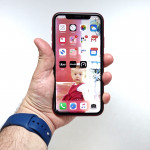
If you’re coming from an iPhone with a home button, this means the way you use the iPhone changes slightly, replacing your home button press with a swipe up on the bottom of the phone.
The iPhone XR also misses out on the Taptic Engine Apple has built into its phones for a number of years now, meaning the haptic 3D touch technology isn’t here, though long presses are.
Despite this change, the iPhone XR is easy to use and get into, as it feels just like a regular iPhone, except bigger and without the home button.
Performance
It’s not just fairly straightforward to use, but also easy to keep using, with pretty solid performance overall.
We did spot a moment or two of lag, but for the most part, the performance is more or less bang on what we experienced in the iPhone XS Max, offering fast application load-time and switching, and the ability to run some of the new augmented reality apps with ease.
Given the hardware between the XR and XS is more or less identical — or if not, bloody well close to it — this probably won’t surprise you, and that’s fine. Essentially, the iPhone XR is a version of the XS that is priced to be a little more wallet friendly.
The performance does drop a fair bit on the 4G side of things, and you won’t be hitting the gigabit 4G speeds select parts of Australia receive on the iPhone XR.
Instead, you’re given the still-high-performance LTE Advanced, which based on our tests appears to be hitting around the 300Mbps download mark.
Throughout our testing, we found speeds closer to 50 and 160Mbps, which isn’t best in class, but isn’t bad at all. Sufficed to say, you shouldn’t have any issues using your mobile to watch videos, read websites, or download our favourite weekly podcast.
Camera
With only one camera, Apple’s iPhone XR is clearly not its siblings in the XS and XS Max. And yet, there are things about the new iPhone models that are very, very close.
The front selfie camera is the same, sitting at 7 megapixels, so nothing’s changed there. Even on the back, the main camera seems to be very close, if not identical, sporting 12 megapixels and a wide camera angle.
Yet with only one camera, the iPhone XR is also very different. It can’t zoom using a telephoto camera, and so it doesn’t have that extra camera for the portrait mode the X, XS, and XS Max rely on.

But that doesn’t matter as much, because Apple has found a way to make portraits work with one camera: machine learning.
Similar to what Google has accomplished in the Pixel 2, Pixel 2 XL, Pixel 3, and Pixel 3 XL handsets, Apple has used artificial intelligence to train its portrait camera, with the system able to look for heads and blur the background.
Like the iPhone XS Max, the camera can also play with some emulated aperture tricks, setting the F-stop different points and allowing the blur to look the part or become clear and in focus.

Apple has had to play with some of the starting points here because of the wider camera lens, but to its credit, the portrait mode on the iPhone XR is a hit, and while it only works with people, it does a great job.
And who knows what will happen later on: it’s distinctly possible that Apple will release an update later on and allow the portrait mode to work with other subjects, such as dogs, cats, flowers, and food.
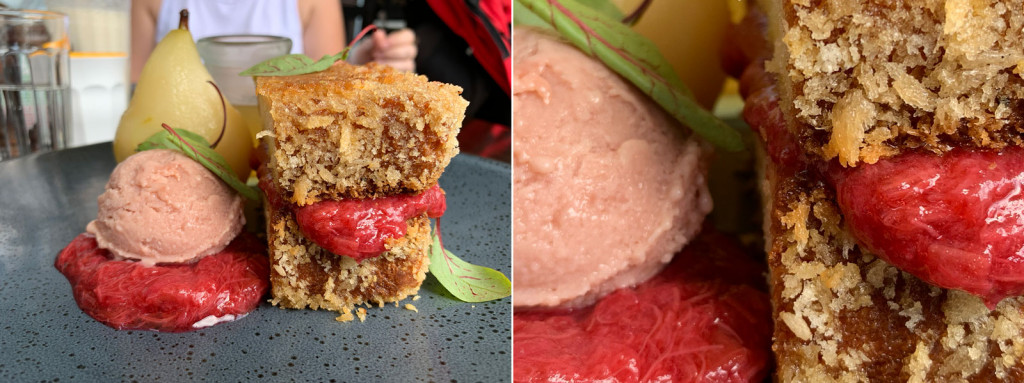
Right now, though, it’s a surprisingly good effort, and the foreground portrait can be very sharp, softening the background very well, occasionally missing out on some of the edges in much the same way as the iPhone XS Max did. It’s not perfect, but it’s a bloody good result.
Outside of the portrait mode, the camera on the Apple iPhone XR does a solid job, offering bright colours, crisp details, and much the same quality as what the iPhone XS Max delivered on its standard-angle camera, something that should surprise no one since they’re practically the same thing.
On the front, Apple also includes support for the iPhone’s augmented reality feature, which means you can do those fun memoji bits and pieces on the iPhone XR just like you can on the XS and XS Max.

Battery
One area that Apple definitely wins points on is the battery life, with the Apple iPhone XR scoring some pretty serious points here.
A difference in screen size and technology between the iPhone XR and the iPhone XS Max has managed to get the XR hitting a good 36 hours of life, complete with a smartwatch attached through the entire time and a pair of wireless headphones for a couple of hours each day.
Granted, our use wasn’t on the power use level, but it wasn’t minimal either, and delivered some of the best results from an iPhone yet.
If you are a power user, expect to need to charge the iPhone XR nightly, though it can get you battery life into the next day if needed, something that surprised us about the less expensive iPhone for the year.
Value
And at a price of $1229, it’s clear the Apple iPhone XR is the most affordable of the 2018 iPhone range. Granted, that’s loose phrasing, because every new iPhone for the year sits above the thousand dollar mark, but Apple’s iPhone XR is the most price friendly of the new range.
For what you get, it also makes sense. While the screen technology is different and the camera doesn’t quite have the same level of flexibility, the cost is more cost friendly than the iPhone XS or iPhone XS Max.
Essentially, the iPhone XR doesn’t have the same luxury level as its siblings, and that’s great.
What needs work?
So what needs work on the iPhone XR? Surprisingly, not much.
While Apple’s colourful iPhone comes with the same caveats as Apple’s higher-priced iPhone XS and iPhone XS Max — no headphone jack, no headphone converter in the box, and dual SIM is eSIM only (and doesn’t yet work locally) — these are relatively minor and forgettable at best.
About the only complaint you have from us is with the camera, which is great, but lacks the zoom lens.
It’s not a dramatic loss, mind you, but it does mean zooming into photos will be a purely pixelated approach, so you may want to factor that into your options. If you need the 2X zoom, the iPhone XR isn’t for you.
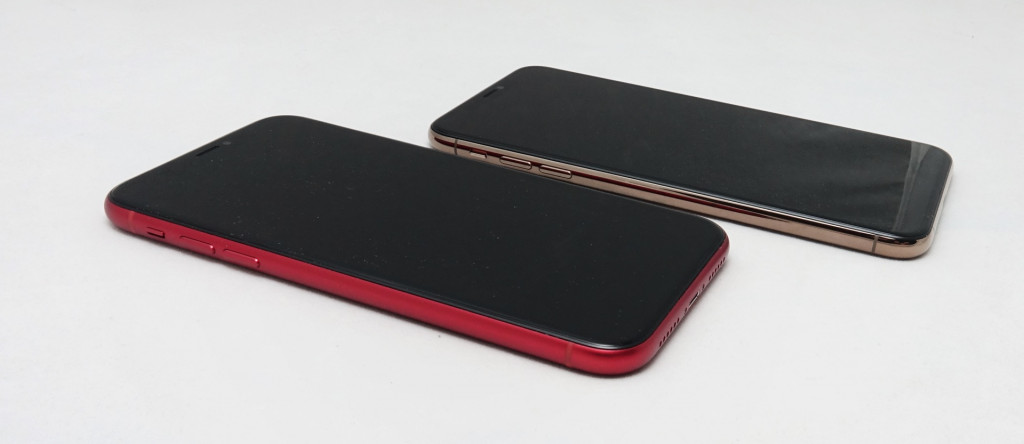
Final thoughts (TLDR)
Of the three iPhone models released this year, it’s pretty clear which one is the best: the most pricey of the bunch, the iPhone XS Max not only packs the some of the best hardware, but does it with a big screen and massive battery.
Overall, however, we’d say the Apple iPhone XR is the better pick simply because it seems to nail value in the iPhone world much more clearly than the iPhone XS Max could.
Yes, picking the iPhone XR over the XS or XS Max means forgoing the great AMOLED screen and ditching that handy 2X telephoto lens, but at the same time, it’s a money saver with a fantastic camera and much of the same technology in your hand.
If you had the money spare and you had your heart set on the iPhone XS, we know which way we’d suggest, but the iPhone XR just makes so much sense. If the iPhone XS Max is made for people with money to spare, the iPhone XR is the iPhone for everybody else. Highly recommended.


